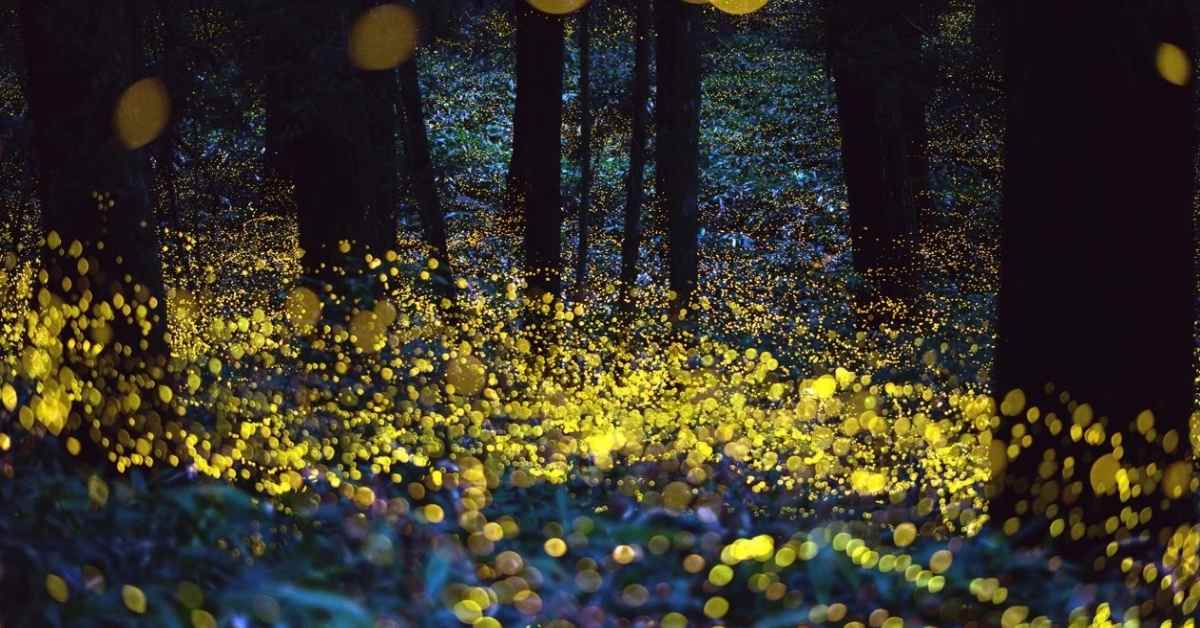Mountain gorillas — an endangered species — survive in only two regions in the world: the Virunga Massif (a chain of volcanoes in East Africa) and Uganda’s Bwindi Impenetrable National Park (located in south-western Uganda in the Kanungu District).
After being on the brink of extinction, mountain gorillas population has almost doubled in size thanks to conservation efforts. Since mountain gorillas live primarily in forests in high altitudes, protected reserves exist in order to ensure they do not fall prey to traps, snares, poachers, and deforestation, as well as other threats to their livelihoods and wellbeing.
According to the World Wide Fund for Nature, the mountain gorilla population in 1989 was estimated to be as low as 620 total and they were expected to be extinct by the millennium.
Since then, countries where mountain gorillas reside — Rwanda, Uganda, and the Democratic Republic of Congo — have been working to conserve and protect these magnificent creatures.
Every five years, the WWF aids conservationists and organizations to census the populations of mountain gorillas by working with the International Gorilla Conservation Program.
This allows the people working with gorillas to get a good idea of gorilla numbers and see if conservation efforts are working to improve the population.
The censuses undertaken by these countries, with the support of wildlife conservation organizations, are huge collaborative efforts that involve the Protected Area Authorities in the Democratic Republic of Congo, Rwanda, and Uganda, civil society organizations, and research institutions.
Beginning in 1902— when mountain gorillas were first discovered by mankind— their numbers have been steadily declining and they were placed on the endangered species list.
But since conservation efforts have increased, the last few censuses conducted by these countries have demonstrated that the population of mountain gorillas in both national parks are steadily increasing.
"In the Virunga volcanoes, where an isolated group of mountain gorillas live, the population rose from roughly 380 in 2003 to approximately 480 in 2010 — a 26 percentage increase in 7 years."
In the Virunga volcanoes, where an isolated group of mountain gorillas live, the population rose from roughly 380 in 2003 to approximately 480 in 2010 — a 26 percentage increase in 7 years.
There was also roughly a 32 percent increase In Bwindi Impenetrable National Park when the population increased from around 302 in 2006 to an estimated 400 in 2011.
The population living in Uganda's Bwindi Impenetrable National Park, and the adjacent Sarambwe Reserve in the Democratic Republic of the Congo, has increased to 459 individuals.
"The overall total population of mountain gorillas is now over a thousand, at 1,063."
Combining these numbers with the gorillas living in the Virunga mountain range of Rwanda and Congo, the overall total population of mountain gorillas is now over a thousand, at 1,063

“Mountain gorillas are one of the most protected species on the planet,” Dr Tara Stoinski, president, CEO and Chief Scientific Officer of the Dian Fossey Gorilla Fund, said.
“Today we see what a concerted effort by multiple stakeholders can do to reserve a seemingly hopeless situation. It takes hard work by community members, government leaders, and conservationists — but it can be done.”
This is incredible news for conservationists around the world (and those who support them through advocacy, donations, and more).
The rise in mountain gorilla numbers shows that by working together towards a common goal, no matter how big or how small, real change can be enacted, and the results are quickly visible. It also demonstrates that conservation has a bright future — and that more species can be saved.



